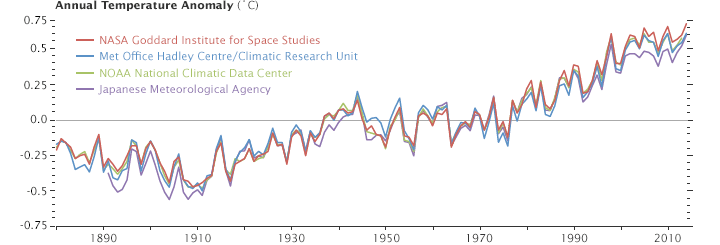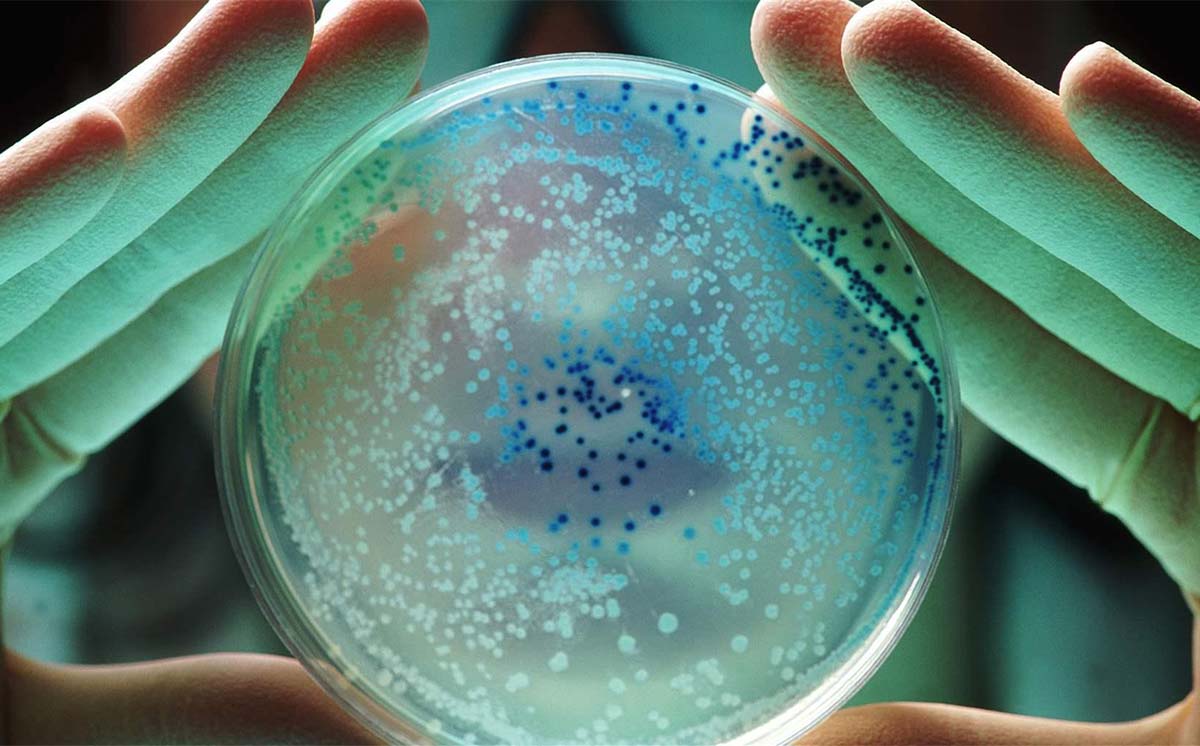Impact of Climate Change on Antibiotic Resistance
Each year, it is estimated that there are over 2 million antibiotic resistant infections that occur in the United States alone. Of these antibiotic resistant infections, about 23,000 result in fatalities.1 A major driving force in the development of antibiotic-resistant bacteria is the rising consumption and overuse of antibiotics 7, and it is estimated that by 2050, the number of deaths due to antibiotic-resistant bacteria will increase to 10 million people.4 That being said, these predictions do not take into account a recent study which has found that a rise in temperature and population density are also major factors of bacteria developing antibiotic resistance, posing a great threat to the medical community.
This recent study, published in “Nature”, discusses a direct correlation between increased bacteria antibiotic resistance with increased population density and the growing threat of global warming.6 The authors of the paper investigated how the resistances of three common types of bacteria—Escherichia coli, Klebsiella pneumoniae, and Staphylococcus aureus—respond when temperature and population density are changed. What they discovered was an association between increased local temperature and increased antibiotic resistance (Fig 1).
Figure 1: Antibiotic resistance increases with increasing temperature. (A) A heatmap of mean normalized antibiotic resistance for E. coli for all antibiotics across the USA. (B) A heatmap of 30-year average minimum temperature (oC) across the USA.5
Various surveys have shown that the global average temperature has been steadily rising over the past century. Data collected by NASA and other international agencies report rising average annual temperatures (Fig. 2), suggesting that at its current rate, the average temperature will continue to rise at a dangerous pace, potentially also raising the bacterial antibiotic resistance rate.
Figure 2: Data collected by NASA and NOAA (United States), Japanese Meteorological Agency (Japan), and the Met Office Hadley Center (United Kingdom) from 1880 to 2014 show similar trends in global temperature. All four recorded a rapid warming trend in the last decade.8
One possible explanation for the increase in antibiotic-resistant bacteria is due to the nature of enzyme activity. Most enzymes experience a 50% to 100% higher enzymatic activity when the temperature is increased by 10 °C,3 and an increase in enzyme activity in bacteria results in an increase in bacteria replication rates. That means as global temperatures continue to rise, so will the average activity of the enzymes in bacteria, and thus bacterial replication rates. And since bacterial genes associated with antibiotic resistance spread among a population when bacteria replicate, the rate of mutation exponentially increases, leading to more antibiotic-resistant bacteria.
Analyzing data that the research group obtained from facilities across the United States, they found that a 10°C increase from the minimum temperature resulted in increases of 4.2%, 2.2%, and 2.7% of antibiotic resistance for the previously mentioned three strains, respectively.6 Minimum temperature was used in this study instead of the average temperature because it gave a better estimate of continued growth in bacteria, while population density and antibiotic prescription rate were controlled variables. Researchers also noted that resistance was higher in the south than the north due to temperature averages.
They then also tested how population density will affect the percentage of resistance in the strains. Researchers found increasing the population density by 10,000 people per square mile lead to an increase of 3% to 6% in resistance of the three strains.2 This will contribute to the increasing rate of bacterial resistance as the population continues to grow in the United States.
Developing novel strategies to overcome bacterial resistance and difficult infections will be paramount for the medical community, and the ultimate challenge any up-and-coming antibiotic biotech companies. To aid in this effort, at Emery Pharma we have a large selection of multi-drug resistant pathogens strains with unique and well-characterized mechanisms of resistance. We offer services that discern the activity of a novel drug candidate and elucidate its ability to kill bacteria, disable bacterial resistance mechanism, disrupt biofilm, and more. For more information, please consult our scientific staff at: https://emerypharma.com/contact/ .
About the author:
Benjamin Linetsky is a student at Biomedical Engineering Student at Hofstra University and was a summer intern at Emery Pharma.
References:
- Be Antibiotics Aware: Smart Use, Best Care. (2018, November 09). Retrieved from http://www.cdc.gov/features/antibioticuse/index.html
- Brouillette, M. (2018, May 21). A Warming Climate May Produce More Drug-Resistant Infections. Retrieved from https://www.scientificamerican.com/article/a-warming-climate-may-produce-more-drug-resistant-infections/
- Introduction to Enzymes. (n.d.). Retrieved from http://www.worthington-biochem.com/introbiochem/tempeffects.html
- Kraker, M. E., Stewardson, A. J., & Harbarth, S. (2016). Will 10 Million People Die a Year due to Antimicrobial Resistance by 2050? PLOS Medicine,13(11). doi:10.1371/journal.pmed.1002184
- Macfadden, D., Mcgough, S., Fisman, D., Santillana, M., & Brownstein, J. (2017). Antibiotic Resistance Increases with Local Temperature. Open Forum Infectious Diseases. doi:10.1093/ofid/ofx163.327
- MacFadden, D. R., McGough, S. F., Fisman, D., Santillana, M., & Brownstein, J. S. (2018, May 21). Antibiotic resistance increases with local temperature. Retrieved from https://www.nature.com/articles/s41558-018-0161-6
- Ventola, C. L. (2015). The Antibiotic Resistance Crisis Part 1: Causes and Threats. Journal for Managed Care and Hospital Formulary Management,277-283. Retrieved from https://www.ncbi.nlm.nih.gov/pmc/articles/PMC4378521/.
- World of Change: Global Temperatures. (n.d.). Retrieved from https://earthobservatory.nasa.gov/WorldOfChange/decadaltemp.php



